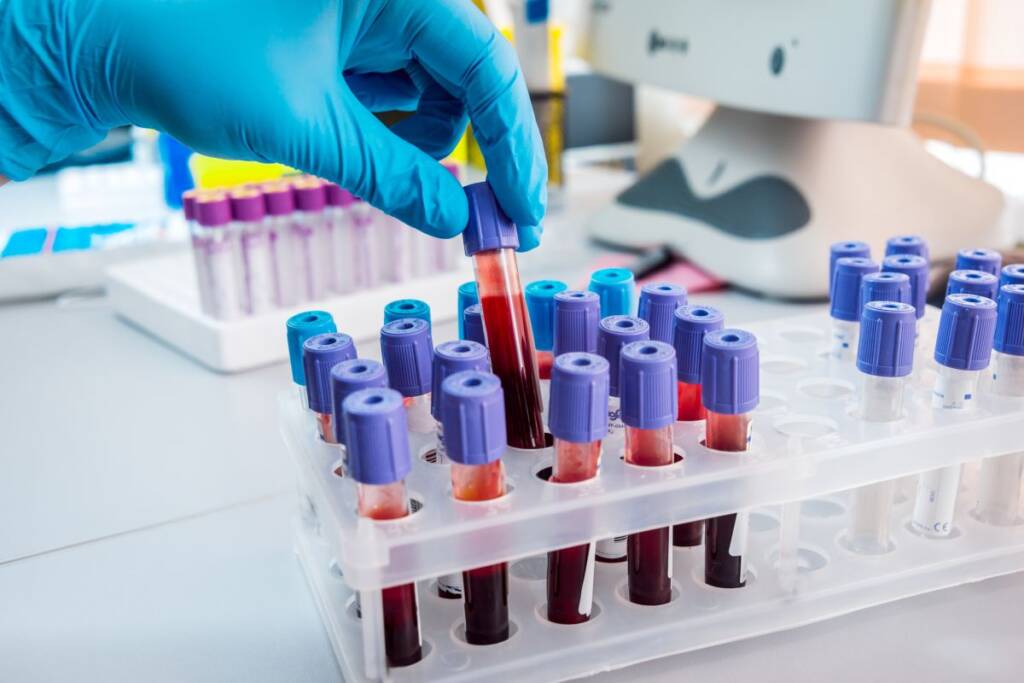Health
Cupremia: what it is and what happens when the values are not normal

Cupremia is the value of copper in the blood. Let's find out what effects it has on the body and what it is important to know about it.
When we talk about cupremia we mean the amount of copper in the blood. Copper is mostly found in the liver, kidneys and brain . In the blood it appears in smaller quantities and bound to a transport protein known as cerulosplasmin. Typically, copper is eliminated via the bile and its presence plays an important role in many respects . Having said that, having them in high or too low amounts can lead to serious problems that are important to recognize.
What happens in case of low cupremia
If normally the presence of copper in the body is used for the metabolism of iron, for connective tissue and for other essential roles for health, it is also true that the values should never rise or fall beyond the quantity normally expected.

When this happens we speak of low or high cupremia. And both can cause serious problems. For example, Wilson's disease and low cupremia are related to each other. This disease occurs when the liver reduces the production of ceruloplasmin which, as we have seen, is used to transport copper in the blood. Low cupremia is also linked to malabsorption which together with other factors can lead to very low blood values.
Among the high causes there are also Menkes' disease , high iron or zinc, nephrotic syndrome, celiac disease, burns, malnutrition, etc … Once a low cupremia value in the blood has been discovered, it is therefore essential to quickly trace specific cause in order to remedy the problem.
High Cupremia: problems and causes
In the case of high cupremia, however, it can depend on normal factors such as pregnancy or an inflammatory state and on more serious problems such as Hodgkin's lymphoma, biliary cirriosis or thyrotoxicosis.
Also in this case it is important to investigate the specific causes in order to understand if and when it is necessary to intervene. Obviously, the doctor will decide on the basis of a whole series of symptoms that can lead to the hypothesis of an alteration of this value in the blood.
Riproduzione riservata © - WT











